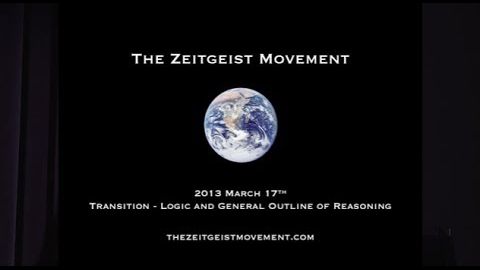ツァイトガイストの日2013。大森エバ|「トランジション」【第11回/12回 (Zeitgeist Day 2013: Eva Omori | "The Transition" [Part 11 of 12])
王惟惟 が 2021 年 01 月 14 日 に投稿  この条件に一致する単語はありません
この条件に一致する単語はありませんUS /səˈner.i.oʊ/
・
UK /sɪˈnɑː.ri.əʊ/
US /əˈprəʊtʃ/
・
UK /ə'prəʊtʃ/
- v.t./i.近づく;話を持ちかける
- n. (c./u.)目的に近づく方法 : 道;交渉しようとして人に近づくこと;取り組み方 : 扱い方
- n. (c./u.)~へ行く手段;利用する機会;アクセス
- v.t.利用可能である : 使用許可を得る
- v.t./i.アクセス;アクセスする
US /ˈkrɪtɪkəl/
・
UK /ˈkrɪtɪkl/
- adj.批判的な;重大な;批評の;批判的な;重篤な
エネルギーを使用
すべての単語を解除
発音・解説・フィルター機能を解除

